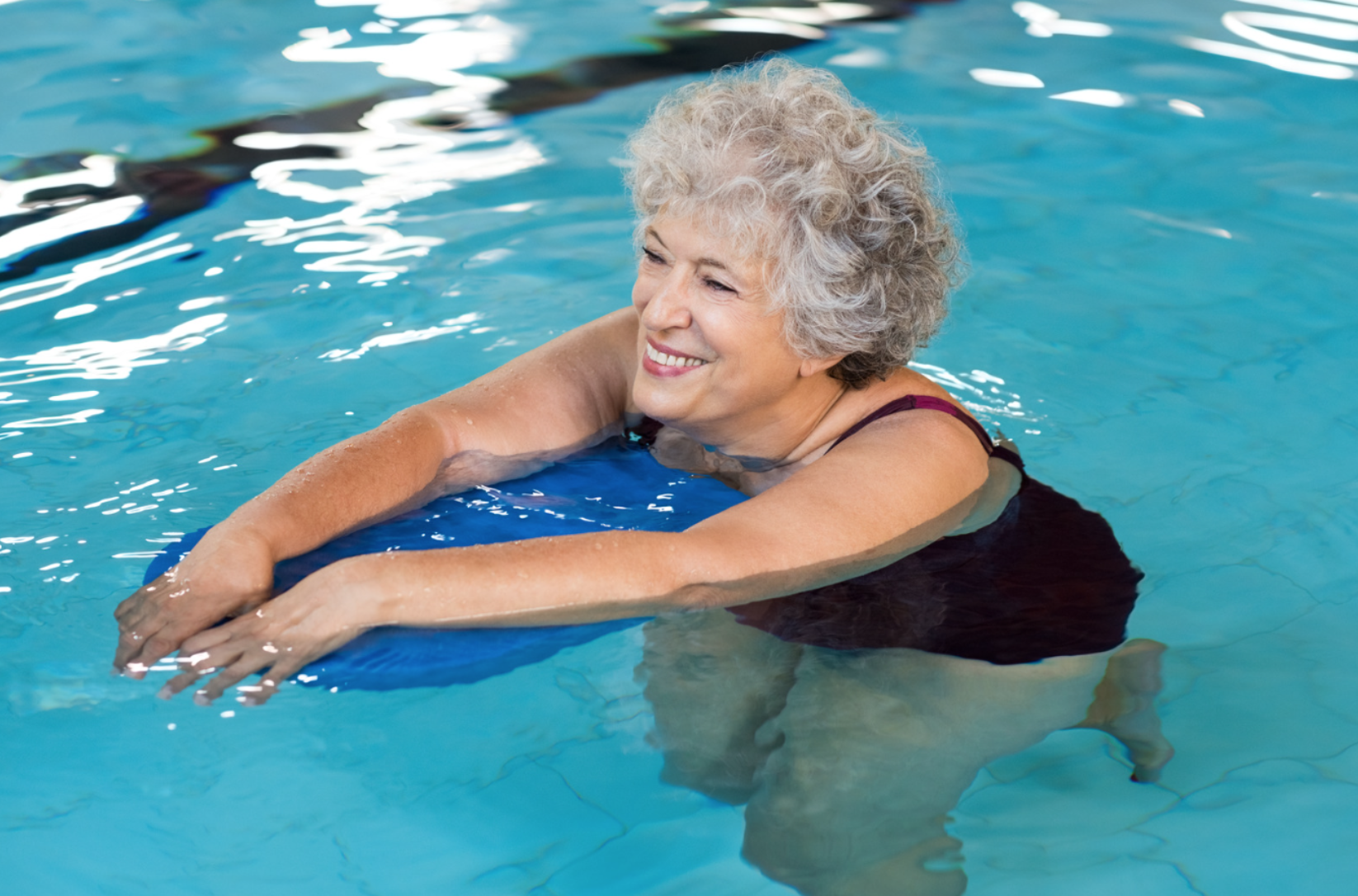
Are you dealing with joint discomfort and looking for a low-impact exercise that can keep you active? Look no further than swimming. This aquatic activity can offer a unique blend of health benefits, particularly for those battling orthopaedic conditions. Not only is swimming a fun and refreshing way to stay fit, but it’s also a highly effective low-resistance exercise for maintaining joint health. In this blog post, we’ll explore the myriad benefits of swimming for orthopaedic patients, provide practical tips for getting started, and share valuable insights to help you make the most of your time in the water.
The Benefits of Swimming for Joint Health
Why Swimming is a Low-Impact Activity
Swimming is a low-impact exercise because the buoyancy of water supports your body weight. This reduces the stress on your joints and allows for smooth, comfortable movements. Whether you’re recovering from surgery or managing chronic joint aches, swimming offers a gentle yet effective way to stay active without aggravating your condition.
Improving Flexibility and Range of Motion
Swimming involves a wide range of movements that engage different muscle groups. The resistance of the water helps improve flexibility and enhance the range of motion in your joints. Over time, regular swimming can lead to increased mobility and reduced stiffness, making day-to-day activities easier and more enjoyable.
Strengthening Muscles Without Strain
While swimming is gentle on the joints, it still provides an excellent workout for your muscles. The natural resistance of water helps build strength and endurance in a controlled manner. This can be particularly beneficial for orthopaedic patients, as stronger muscles can better support and stabilize the joints, reducing the risk of injury.
Getting Started with Swimming
Choosing the Right Pool
When starting your swimming routine, it’s important to choose a pool that is easily accessible and suits your needs. Look for facilities that offer warm water pools, as warmth can help soothe aching joints and improve blood circulation. Additionally, ensure the pool has a shallow end where you can comfortably stand and practice your movements.
Essential Swimming Gear
Investing in the right gear can make your swimming experience more enjoyable and effective. A comfortable swimsuit, goggles, and a swim cap are basic essentials. You might also consider using swimming aids such as kickboards, pull buoys, and aquatic weights to enhance your workout and target specific muscle groups.
Finding a Suitable Swimming Routine
Starting slow and gradually increasing your intensity is key to a successful swimming routine. Begin with short sessions and focus on gentle strokes like the backstroke or breaststroke. As your endurance improves, you can incorporate more challenging strokes and increase the duration of your swims.
Techniques for Effective Swimming
Mastering Basic Swim Strokes
Learning the basic swim strokes is essential for making the most of your swimming workouts. The freestyle, backstroke, and breaststroke are great starting points. Each stroke has its own technique and benefits, so experiment with different styles to find what works best for you.
Incorporating Aquatic Exercises
In addition to swimming laps, incorporating aquatic exercises into your routine can further enhance your joint health. Water walking, leg lifts, and arm curls are some effective exercises that can be performed in the pool. These movements utilize the resistance of water to strengthen muscles and improve flexibility without putting strain on the joints.
Monitoring Your Progress
Keeping track of your progress is important to stay motivated and ensure you’re getting the most out of your swimming routine. Set achievable goals, such as increasing the number of laps or improving your swim time. Regularly reassess your goals and celebrate your achievements to maintain a positive outlook on your fitness journey.
Safety Tips for Swimming with Joint Conditions
Listening to Your Body
It’s crucial to listen to your body and adjust your swimming routine based on how you feel. If you experience any pain or discomfort, take a break and consult with your healthcare provider. Pushing through pain can worsen your condition and hinder your progress.
Staying Hydrated
Hydration is key to maintaining overall health, especially when engaging in physical activities like swimming. Make sure to drink plenty of water before, during, and after your swim to stay hydrated and support your joint health.
Seeking Professional Guidance
Consulting with a physical therapist or a certified swim coach can provide personalized guidance and ensure you’re performing the exercises correctly. They can help tailor a swimming routine that aligns with your specific needs and goals, maximizing the benefits while minimizing the risk of injury.
The Role of Swimming in Rehabilitation
Post-Surgery Recovery
Swimming can play a significant role in post-surgery recovery for orthopaedic patients. The low-impact nature of swimming helps maintain fitness levels and prevent muscle atrophy during the recovery phase. It also aids in reducing swelling and promoting healing by improving blood circulation.
Managing Chronic Joint Pain
For individuals with chronic joint pain conditions like arthritis, swimming offers a sustainable way to stay active and manage symptoms. The soothing effect of warm water combined with gentle movements can alleviate pain and stiffness, enhancing overall quality of life.
Preventing Future Injuries
Regular swimming can help prevent future injuries by strengthening muscles, improving balance, and increasing flexibility. A well-rounded swimming routine can enhance joint stability and reduce the likelihood of falls or other accidents that could lead to further orthopaedic issues.
Swimming is more than just a refreshing activity — it can be a powerful tool for maintaining joint health and enhancing overall well-being. By incorporating swimming into your fitness routine, you can enjoy a low-impact, effective workout that supports your orthopaedic health. Whether you’re recovering from surgery, managing chronic discomfort, or simply looking to stay active, swimming offers a wealth of benefits. Take the plunge and make swimming a regular part of your life.
Does your chronic joint discomfort require more than a low-impact workout routine? Schedule a consultation with Dr. Strasburger to discuss a tailored plan back to functionality!
